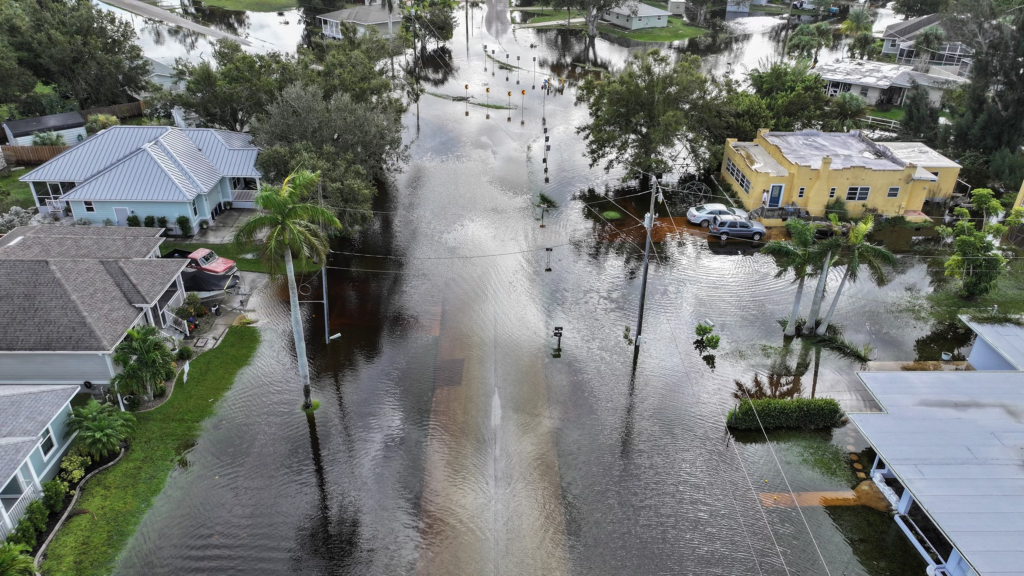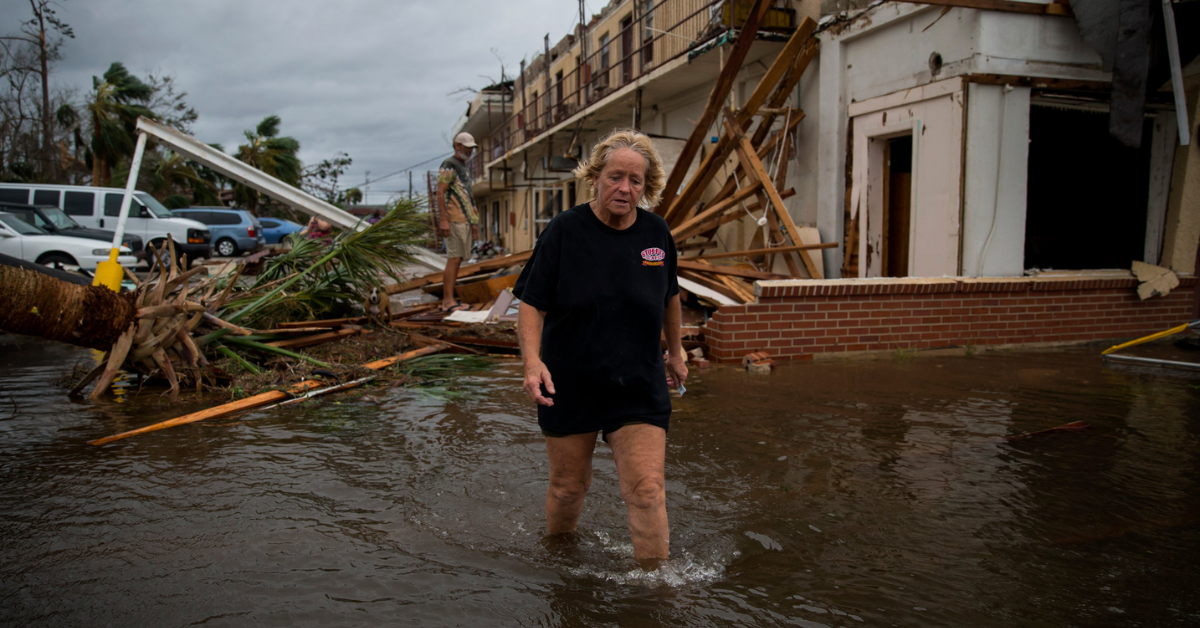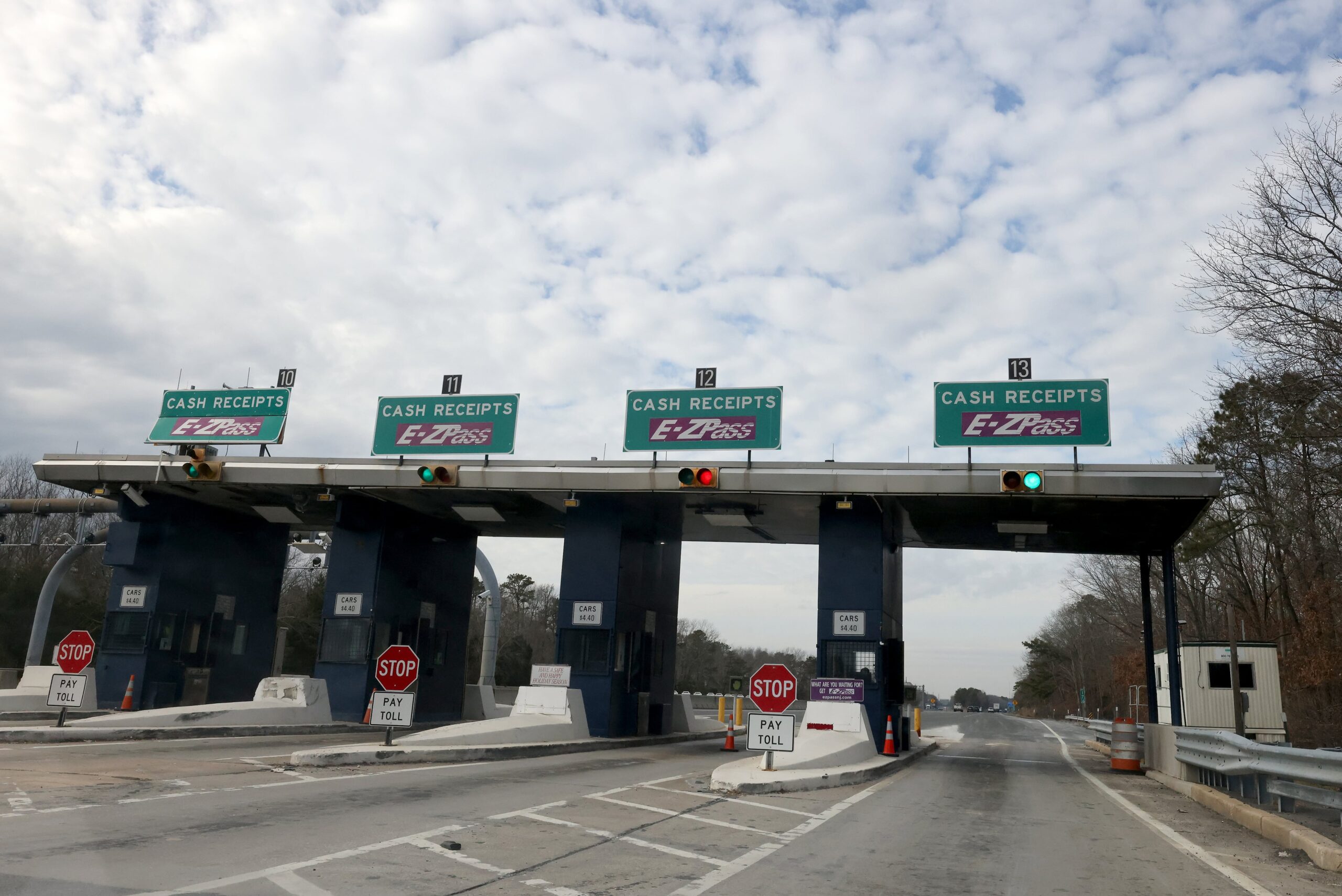The United States is grappling with extreme weather this week as powerful hurricane-force winds tear through the Northwest, while Florida faces severe flooding. These weather events have already caused significant disruption across the country, leaving communities in chaos and emergency services on high alert. The unusual combination of fierce winds in the Northwest and record-breaking rainfall in Florida has caught many by surprise. Here’s what you need to know about this developing storm situation.
The Northwest Faces Hurricane-Force Winds
The Northwest United States, including parts of Washington, Oregon, and Northern California, is experiencing extreme winds, some reaching hurricane-force levels. Winds as strong as 75 to 80 mph have been recorded, leading to widespread damage.
Trees have been uprooted, power lines downed, and transportation systems severely impacted. Cities like Portland, Seattle, and Eugene have been hit particularly hard, with numerous power outages affecting thousands of homes.
The storm, which started early this week, is being fueled by a low-pressure system that has brought heavy rain and intense gusts of wind. Emergency services are working tirelessly to clear debris from roads and restore power to affected areas. Local authorities are urging residents to stay indoors and avoid unnecessary travel due to the high risk of falling trees and flying debris.
The gusty winds also contributed to severe coastal conditions, with high waves and surging tides. As a result, the National Weather Service issued warnings for possible flooding in coastal regions, and beachgoers are advised to stay away from the water until conditions improve. The impact of these winds has also been felt in parts of Idaho, Montana, and Wyoming, where the storm system has spread, although the intensity has started to weaken.
Florida Struggles with Record Flooding
While the Northwest braces for the ongoing storm, Florida is battling its own extreme weather—massive flooding caused by relentless rainfall. Heavy storms have dumped more than 12 inches of rain in some areas, overwhelming the state’s drainage systems and leading to widespread flooding. The situation is particularly severe in cities like Miami, Tampa, and Fort Lauderdale, where streets have been transformed into rivers.
Florida residents are experiencing significant disruptions, with homes submerged under several feet of water. Emergency crews have been out in full force, rescuing those trapped in flooded homes and vehicles. The state’s governor has declared a state of emergency in several counties, providing additional resources to help manage the flooding.
In addition to the flooding, there are reports of isolated tornadoes and strong winds in central and southern Florida. The combined impact of these severe weather elements has made this one of the most challenging weeks for state residents.
The Impact of the Storms on the National Travel System
The effects of these two storms are also being felt in the national travel system. Airlines have cancelled hundreds of flights across the country, particularly those operating out of airports in Seattle, Portland, and Tampa. Travellers are being advised to check their flight status before heading to the airport, as delays and cancellations are expected to continue throughout the week.

In addition to flight disruptions, the storm has caused traffic gridlocks in many areas. Major highways in the Northwest have been closed due to downed trees and flooding, while drivers in Florida are dealing with road closures due to high water levels. State authorities are working hard to clear the roads, but drivers are encouraged to avoid travel unless absolutely necessary.
How to Stay Safe During Severe Weather
If you’re in an area affected by severe weather, it’s crucial to take safety precautions. The National Weather Service has issued various warnings, including flood watches, wind advisories, and coastal flood warnings. Here are some tips to stay safe during extreme weather:
- Stay indoors during high winds and heavy rain. If you must travel, wait for conditions to improve.
- Secure outdoor objects that could become projectiles in strong winds, such as patio furniture or trash cans.
- Flood safety: If you live in a flood-prone area, be prepared with emergency supplies and know your evacuation routes.
- Stay informed: Keep an eye on weather updates and follow advice from local authorities.
The weather this week has certainly shown the power of nature, and it’s a reminder that communities across the country need to stay vigilant and prepared for unexpected storms.
Conclusion
As the storm system moves across the country, it continues to cause widespread damage. The Northwest is dealing with hurricane-force winds and the aftermath of fallen trees, while Florida faces the devastating impact of flooding. Both areas are expected to continue to experience severe weather for several more days, and residents are urged to stay informed and take necessary precautions.
The National Weather Service will continue to monitor these storms, and local authorities will continue to provide updates on the best steps to ensure public safety. With the storms causing widespread disruptions to daily life, it is important to be prepared for any challenges that may arise. Stay safe, and make sure you are ready for whatever nature brings next.
Disclaimer: This article has been meticulously fact-checked by our team to ensure accuracy and uphold transparency. We strive to deliver trustworthy and dependable content to our readers.








